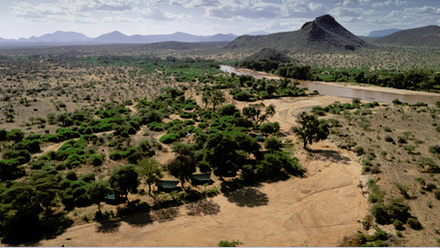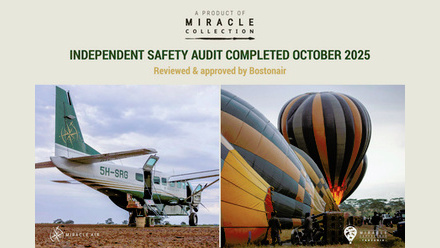Webinar Recording - Selling Wildlife – Visitor Interactions Doesn’t Make Business Sense
Selling Wildlife – Visitor Interactions Doesn’t Make Business Sense
Tourism businesses all experience daily challenges, such as the pressure of clients wanting to book activities that may not align with your business ethics. Wildlife-visitor activities, whether captive or free-roaming, has been a contentious topic for many years that often divides our tourism sector. You may also find it difficult to explain to your clients why you don’t sell elephant riding or feeding, or interactions with captive predators.
Key Points and Questions:
What are wildlife-visitor interactions?
- Any physical interaction between captive wildlife and visitor or volunteers, such as cub petting, walking with and riding captive wildlife, using wildlife as photo props, and even feeding captive wildlife.
What is animal sentience?
- The ability of animals to feel and experience emotions such as joy, pleasure, pain and fear. While there are ongoing debates around exactly which organisms can be considered sentient, scientists generally agree that this includes all vertebrates and therefore all mammals.
- The recognition of animal sentience over the last three decades has created a radical shift in the way we view the moral status of animals and how we provide for and ensure their welfare and well-being.
What tools are available to make ethical business choices around captive wildlife activities?
- SATSA created guidelines and a decision-making tool around an ethical framework with an African approach, which recognises the importance of Ubuntu and the relationship between animals, the environment in which they live, and their connection to humans.
- The guidelines state that “the interests of animals should not be subordinate to the benefits humans derive from their existence”. Meaning, if a captive wildlife facility clearly prioritises human interest(s) (which can be financial, gratification, entertainment, information) over the animal’s well- being, it can immediately be considered unethical.
- The SATSA guidelines and decision-making tool makes more objective choices in terms of identifying those captive wildlife activities that are unacceptable and to be avoided and those that you can support.
- SATSA Captive Wildlife Guidelines: https://www.satsa.com/sites/default/files/2023-10/SATSA%20Captive%20Wildlife%20Guide.pdf
SATSA Captive Wildlife Tool: https://www.satsa.com/sites/default/files/2023-10/SATSA%20Captive%20Wildlife%20Tool.pdf
SATSA FAQs: https://www.satsa.com/sites/default/files/2023-10/SATSA%20Captive%20Wildlife%20FAQs.pdf
What kind of captive wildlife interactions would fall into an unacceptable category and therefore to be avoided according to the SATSA guidelines?
- Tactile interactions with infant wildlife.
- Performing animals
- Tactile interactions with predators and cetaceans
- Walking with predators or elephants
- Riding of wild animals
What are some of the key reasons to avoid such activities?
- Baby animals are often prematurely removed from their mother with related animal welfare and health concerns.
- The animals often need to go through some level of training and handling with related animal welfare concerns. Training is generally based on a system of dominance that is maintained through a delicate balance of fear and reward, and often involves corporal punishment, tethering and/or food deprivation
- The animals are forced to exhibit unnatural behaviour.
- The animals have no freedom of choice and often can’t escape from the visitors.
- Safety concerns with having wild animals and humans in close proximity.
- The activities have no educational value.
- The activities have no conservation value.
Is there a list of ethical captive wildlife activities in South Africa available?
- WildChoices have applied the SATSA guidelines and decision-making tool to the vast majority of captive wildlife facilities and made their findings freely available.
- www.wildchoice.org
Will EU Directives such as Green Claims and CSRD have an impact on captive wildlife choices?
- Internationally, there is a rapidly evolving landscape of changing EU and global sustainability legislation that are aiming for more transparency, less greenwashing and providing measurable progress in achieving green goals.
- Even though these developments are very EU-centric, we need that recognise that they will have a direct impact on the African tourism supply chain.
- You can find more information on an ATTA webinar recording on Green Claims: How to prepare for Anti Greenwashing EU legislations: https://atta.travel/resource/webinar-green-claims-how-to-prepare-for-anti-greenwashing-ue-legislations-2.html
What can I do further?
- Sign the Blood Lions Born to Live Wild Pledge, which would add your business to the more than 200 operators that have already committed to not knowingly support any operator or activity provider that contributes to the cycle of captive breeding, canned hunting and commercial exploitation of wild animals.
- For more information: https://bloodlions.org/born-to-live-wild/
- Watch the Blood Lions documentary: https://www.youtube.com/watch?v=cvnVXNBQqb4
Stay in touch: https://linktr.ee/bloodlions




